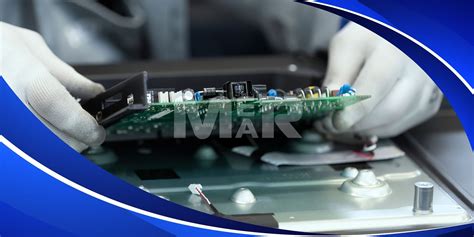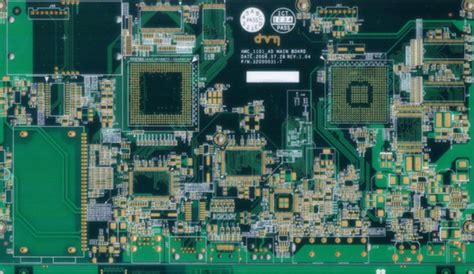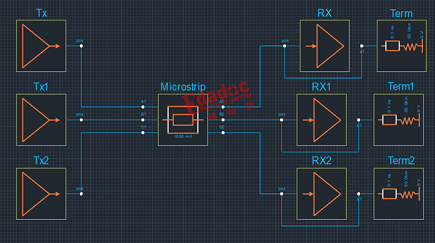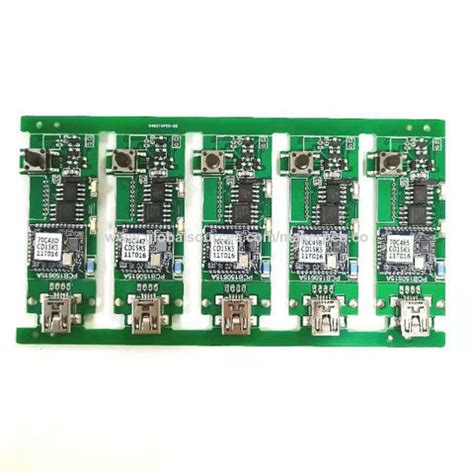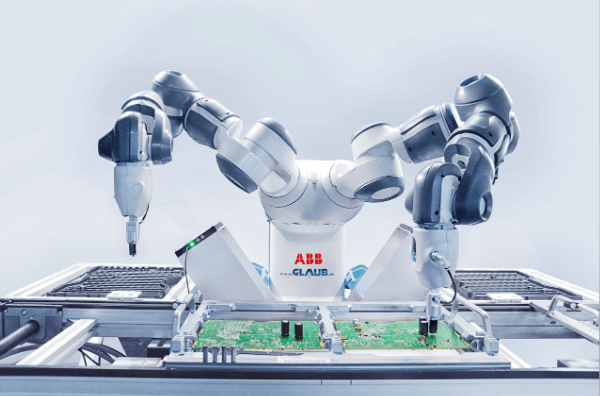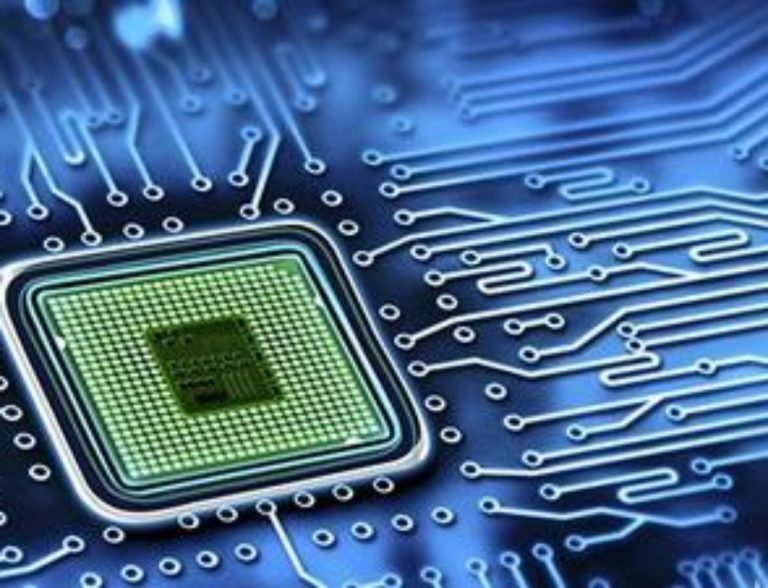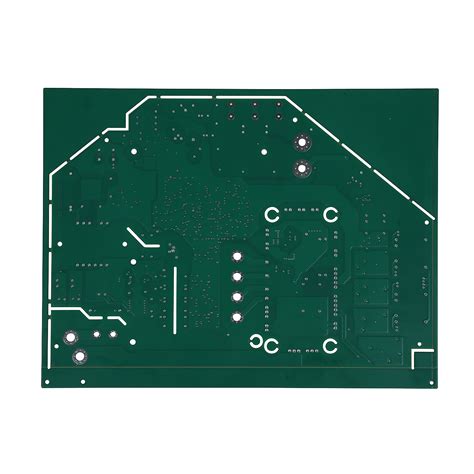Streamlining Success in Contract Manufacturing for Electronic Assembly
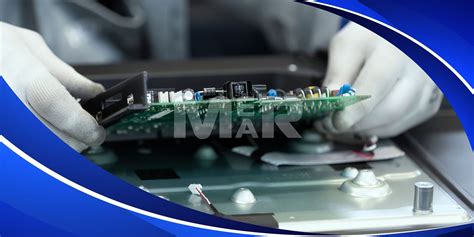
Key Takeaways
In order to excel in contract manufacturing for electronic assembly, companies must focus on several critical factors that contribute to operational success. One of the foremost considerations is the implementation of best practices designed to streamline operations. This includes thorough planning and organization in the assembly process, particularly in regards to PCB assembly (PCBA), which plays a pivotal role in ensuring product quality and performance. Utilizing innovative technologies, such as automation and advanced software solutions, can significantly enhance production efficiency, enabling manufacturers to meet escalating consumer demands while maintaining high standards.
Collaboration between contract manufacturers and their clients remains essential for fostering effective communication. Regular updates and feedback loops ensure that expectations are aligned and modifications can be addressed swiftly. Organizations also need robust quality control measures throughout the production lifecycle of PCBA, guaranteeing that finished products meet rigorous industry standards.
Furthermore, effective cost management strategies are crucial in balancing competitive pricing with quality outputs. By identifying optimization opportunities within the supply chain, businesses can reduce waste and enhance profitability. Ultimately, examining successful partnerships within case studies can provide invaluable insights into effective strategies that yield positive outcomes in the realm of contract manufacturing for electronic assembly.
| Strategy | Description |
|---|---|
| Best Practices | Implementation of standardized processes for efficiency |
| Innovative Technologies | Adoption of automation and smart software solutions |
| Collaborative Approaches | Establishment of open channels for ongoing communication with clients |
| Quality Control Measures | Continuous monitoring at each stage of production |
| Cost Management Strategies | Optimal supply chain management to reduce expenses |
With these strategies in place, companies engaged in contract manufacturing can significantly improve both their operational efficiency and product reliability within the competitive landscape of electronic assembly.
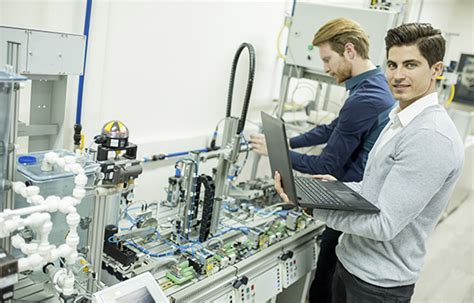
Understanding Contract Manufacturing in Electronic Assembly
Contract manufacturing in electronic assembly plays a crucial role in today’s technology-driven market. By outsourcing pcb assembly processes to specialized firms, businesses can focus on their core competencies while leveraging external expertise. This relationship not only enhances flexibility but also enables access to cutting-edge technologies and skilled labor that may not be available in-house. Within the realm of pcba (Printed Circuit Board Assembly), contract manufacturers focus on various stages, from designing prototypes to mass production, ensuring that each component meets the stringent specifications required by modern electronic devices. Efficient contract manufacturing helps streamline operations, reduce lead times, and improve overall product quality. Moreover, collaboration between companies and their contract manufacturers facilitates a deeper understanding of product requirements, fostering innovation and minimizing errors during the production phase. In an increasingly competitive landscape, adopting these practices is essential for achieving success and sustainability in the electronic assembly industry.
Best Practices for Streamlining Operations
In the competitive landscape of contract manufacturing for electronic assembly, implementing best practices is crucial to boosting efficiency and effectiveness. One fundamental approach involves optimizing pcb assembly processes, which are at the heart of modern electronic production. Utilizing lean manufacturing principles can significantly reduce waste and enhance productivity throughout the pcba workflow. Another vital consideration is investing in advanced technologies, which play a pivotal role in automating repetitive tasks and minimizing human error. Emphasizing continuous training for the workforce ensures that personnel are skilled in the latest production techniques and machinery utilization. Furthermore, fostering a culture of collaboration between contract manufacturers and clients allows for more agile responses to market demands, ensuring that adjustments can be made swiftly without compromising quality. By focusing on these key areas, companies can streamline their operations effectively, paving the way for improved outcomes in electronic assembly projects.
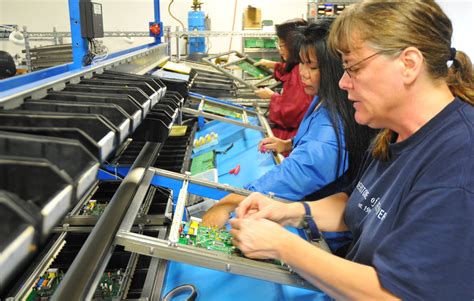
Innovative Technologies Transforming the Industry
In the ever-evolving landscape of contract manufacturing for electronic assembly, technological advancements play a pivotal role in enhancing productivity and quality. One of the most significant innovations is the integration of automated pcb assembly processes. These advanced systems streamline operations, reducing labor costs and minimizing human error during the manufacturing cycle. Additionally, sophisticated software tools that support design for manufacturability (DFM) ensure that pcba designs are optimized for production efficiency. The use of robotic assembly lines has also transformed traditional methods, allowing for faster and more precise assembly of complex electronic components. Moreover, cloud-based platforms facilitate real-time collaboration among manufacturers and clients, enhancing communication and speeding up decision-making processes. These innovative technologies not only improve operational efficiency but also increase the overall effectiveness of contract manufacturing in delivering high-quality products that meet the stringent demands of today’s market.
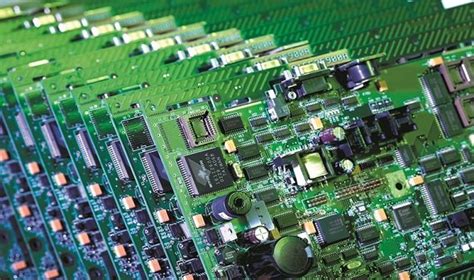
Collaborative Approaches to Enhance Communication
In the contract manufacturing landscape, particularly within electronic assembly such as PCB assembly and PCBA, effective communication is crucial for driving success. Engaging in collaborative approaches not only fosters a deeper understanding between manufacturers and clients but also promotes transparency throughout the production process. Establishing clear channels for feedback ensures that all parties are aligned on expectations, timelines, and quality standards. Utilizing collaboration tools—such as project management software and communication platforms—can streamline interactions, allowing teams to discuss real-time adjustments needed during the pcb assembly phase. Moreover, encouraging regular meetings gives teams an opportunity to address challenges proactively and share innovative solutions that contribute to operational efficiency. By fostering a culture of open dialogue and collaboration, companies can build stronger partnerships that are essential for navigating the complexities inherent in contract manufacturing for electronic assembly. This collective effort ultimately enhances the effectiveness of production processes while positioning organizations to respond swiftly to market demands.
Quality Control Measures for Electronic Assembly
In the realm of contract manufacturing for electronic assembly, maintaining impeccable quality control measures is paramount to ensuring product reliability and performance. One essential aspect of these measures is the rigorous testing of pcb assembly processes, which involves multiple stages of inspection and verification. By employing strategies such as automated optical inspection (AOI) and functional testing, manufacturers can swiftly identify defects and ensure that each pcba meets the established quality standards. Additionally, fostering a culture of continuous improvement within the manufacturing environment can lead to enhanced outcomes; this includes regular training for personnel on the latest quality assurance techniques and methodologies. Collaborating closely with suppliers also plays a crucial role in quality management, as it enables manufacturers to establish clear specifications and benchmarks for materials used in pcb assembly. With innovative technologies, such as real-time monitoring systems, manufacturers can gather crucial data that informs decision-making processes, leading to better-quality products and reduced error rates. Ultimately, a comprehensive approach to quality control not only minimizes risks associated with electronic assembly but also reinforces customer trust in the contract manufacturing industry as a whole.
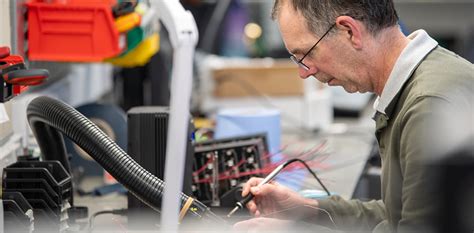
Cost Management Strategies in Contract Manufacturing
Effective cost management strategies are crucial for optimizing operations in contract manufacturing for electronic assembly, particularly in the realm of pcb assembly and pcba processes. Companies must adopt a comprehensive approach that focuses on several key elements. First, fostering strong relationships with suppliers is essential; negotiating favorable terms and engaging in bulk purchasing can lead to significant cost reductions. Additionally, implementing lean manufacturing principles can help identify and eliminate waste throughout the production cycle, streamlining processes related to pcb assembly. Secondly, investing in innovative technologies such as automation and advanced analytics can enhance productivity while lowering operational expenses. These technologies enable real-time tracking of materials and labor costs, facilitating more informed decision-making. Furthermore, regular assessment of production methods ensures that outdated practices do not inflate costs unnecessarily. Training employees for efficiency and versatility is another vital aspect; a well-trained workforce can adapt to new systems quickly and reduce downtime. Together, these approaches not only enhance the effectiveness of cost management strategies but also promote long-term sustainability in the pcba sector.
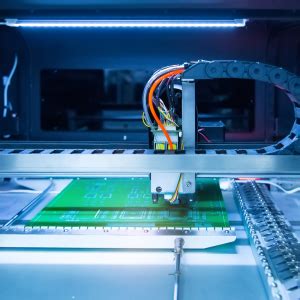
Case Studies: Successful Partnerships in the Sector
In the realm of contract manufacturing for electronic assembly, numerous companies have demonstrated the power of collaborative environments through successful partnerships. For instance, one notable case involves a leading technology firm that partnered with a specialized pcb assembly provider to enhance their product line. By leveraging the expertise of the pcba manufacturer, they were able to rapidly decrease production lead times while maintaining high standards of quality. This collaboration focused on early-stage design involvement, allowing both parties to optimize the manufacturing process from inception, resulting in significant cost savings and efficiency improvements.
Moreover, another case to consider is that of an automotive electronics manufacturer that forged a partnership with a contract manufacturer skilled in handling complex assemblies. This relationship allowed them to adopt advanced automation technologies, leading to increased throughput and minimized errors during assembly. As they reported, “Through our partnership, we harnessed innovative solutions that transformed our production capabilities.” This not only illustrates the importance of synergistic relationships but also highlights how innovative technologies can drive success in an otherwise competitive landscape.
It’s essential for organizations seeking growth in this sector to analyze these successful partnerships closely and extract key lessons that can be applicable in their own endeavors. Implementing similar collaborative strategies could very well propel them towards achieving operational excellence and meeting evolving market demands.
Future Trends in Electronic Assembly and Contract Manufacturing
As the landscape of contract manufacturing continues to evolve, several emerging trends are poised to shape the future of electronic assembly, particularly in pcb assembly and pcba processes. One of the most significant trends is the increasing integration of smart manufacturing technologies, which utilize automation and data analytics to optimize production efficiency. This shift not only improves throughput but also enhances the ability to respond rapidly to market demands. Furthermore, advancements in additive manufacturing are enabling more intricate designs, allowing for greater flexibility and customization in pcb assembly. Another critical trend is the emphasis on sustainability, with manufacturers adopting eco-friendly practices and materials throughout their processes. This is particularly relevant as end consumers increasingly value environmentally responsible products. Collaborative partnerships among manufacturers, designers, and suppliers are also becoming prevalent, facilitating knowledge sharing and fostering innovation. This collective approach ensures that all stakeholders are aligned with industry standards while streamlining operations across the board for effective electronic assembly solutions. As these trends gain traction, companies that embrace these advancements will likely secure a competitive edge in the rapidly changing world of contract manufacturing.
Conclusion
In conclusion, optimizing contract manufacturing processes for electronic assembly is imperative for businesses striving to remain competitive in an ever-evolving market. By implementing best practices such as lean manufacturing principles and integrating innovative technologies, organizations can significantly enhance the efficiency of their pcb assembly operations. Furthermore, fostering a culture of collaboration among stakeholders can facilitate improved communication, which is essential for successful project execution. Quality control measures must be rigorously applied to ensure that every pcba meets the highest standards, thus reducing defects and enhancing customer satisfaction. Additionally, strategic cost management can lead to better resource allocation and improved profit margins. As the industry moves toward future trends such as automation and smart manufacturing solutions, companies must be adaptable and forward-thinking to leverage these opportunities effectively. The journey toward success in contract manufacturing for electronic assembly is ongoing; adopting these strategies can lead organizations toward sustained growth and excellence in their respective markets.
FAQs
What is contract manufacturing in electronic assembly?
Contract manufacturing in electronic assembly refers to the process where companies outsource their manufacturing tasks, specifically the assembly of PCBs (Printed Circuit Boards) or PCBA (Printed Circuit Board Assembly), to specialized manufacturers. This allows companies to leverage expert knowledge, maintain quality control, and gain cost efficiencies.
What are the benefits of using PCB assembly services?
Utilizing PCB assembly services offers numerous benefits, including reduced production costs, access to advanced technologies, and an expert workforce. These advantages can significantly enhance the quality and reliability of electronic products.
How can I ensure quality control in PCBA?
To ensure quality control in PCBA, it is essential to implement strict testing protocols throughout the manufacturing process. Regular inspections, Automated Optical Inspection (AOI), and functional testing are critical methods used to detect defects early.
What innovative technologies are shaping contract manufacturing?
Innovative technologies that are transforming contract manufacturing include automation, robotics, and artificial intelligence. These technologies streamline production processes and improve efficiency in PCB assembly, helping businesses keep pace with market demands.
How do collaborative approaches influence success in electronic assembly?
Collaborative approaches foster better communication between stakeholders and manufacturers. Building strong relationships can lead to improved problem-solving capabilities, streamlined processes, and ultimately a more successful partnership in electronic assembly.

